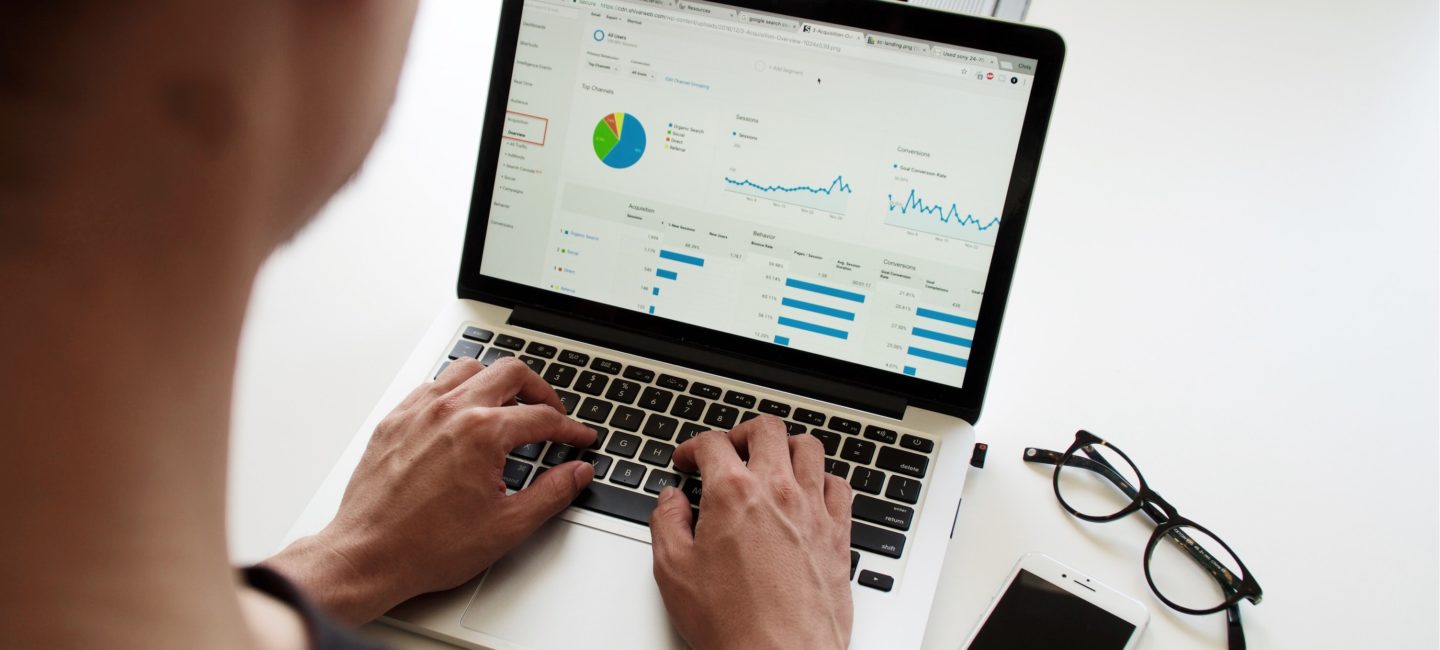A Cookieless Future: Part Two
While the implications of the cookieless future have already been felt in the realm of paid social. For those of us working in PPC and GDN, the full impact of the changes remains on the horizon. So, there’s a bit of a time to plan for what’s around the corner.
WHY IS GA4 BEING INTRODUCED AND WHAT DOES IT MEAN FOR MARKETERS?
In June 2023, Google is introducing GA4, the replacement for the current iteration of Google Analytics, known as Universal Analytics (UA). UA contains vast amounts of user data, which is driven by third-party cookies. Cookies aren’t necessarily a problem – at least not on the surface. But when they were originally introduced, as far back as 1994, they were simply a way of remembered who a user was on a website. Today, we have first-party and third-party cookies, and they behave very differently.
FIRST-PARTY COOKIES
- Track user behaviour on a single website
- Store passwords and cart contents
- Not traded, shared, or transferred
- The future of GA4 tracking
THIRD-PARTY COOKIES
- Track user behaviour across multiple-domains
- Know who you are, your hobbies, age, gender etc.
- Cornerstone of Google Display and YouTube advertising
Over the years, as the role of cookies morphed into a targeting methodology, the way that user data has been utilised has been exploited in various ways. Which brings us to where we are today with Google searching for ways to address privacy concerns in response to increasing regulation such as GDPR and the California Consumer Privacy Act.
You should already have GA4 installed – if you don’t, install it asap – and this will give you some data continuity and allow you to mitigate some of the data loss from the removal of UA. UA will stop processing new data at the end of June, but the data will remain available until the end of 2023.
The move shifts the focus entirely to first-party cookies and users will still see the little prompt asking them to agree to cookies when they visit a website.
CHANGES AND CHALLENGES
In the field of PPC, advertisers will lose previously valuable audience data which is likely to lead to less accurate Google display and YouTube advertising.
But, paid search activity remains largely unaffected. There will be some loss in the ability to segment demographically but it will remain a very effective method of targeting people via keywords, which are unaffected.
GA4 is, effectively, a stripped-down version of UA. While there’s less information in there, one of the advantages of this more streamlined version is that it is much easier to navigate and offers the ability to tailor reports. If you haven’t downloaded and stored your own past data, year on year comparisons are going to be difficult (or impossible) in the short to medium term too.
THE SOLUTION IS…FLOC?
Google knows that these changes will be challenging for advertisers. Its response is to introduce FLoC – the catchily titled Federated Learning of Cohorts – which it claims will simulate user data, protecting user privacy while making interest-based ad selection possible.
Rather than identify individuals, FLoC will group users into cohorts with shared interests, effectively putting them into a bucket that you can then target. Signed up sites will send a FLoC ID to the server, defining the user’s interests while keeping that individual unidentified. The granularity is gone but the broad interest grouping gives you some ability to reach relevant audiences.
So far, this is untested and nobody knows exactly how it will work. Potentially there’s going to be a lack of precision and Google is defining the cohorts, rather than advertisers, so you will have to fit your targeting to the groups available, rather than define your own preferences.
But Google has a pretty good track record of developing solutions that work in the long run and it believes it offers the solution to the difficult balance between advertisers’ desire for data and users’ rights to privacy.
WHAT DOES THIS MEAN FOR THE FUTURE?
What steps should you take now to make sure you’re ready for the changes ahead?
- Install GA4 as soon as possible if you haven’t already
- Download your UA data so that you can retain it for year-on-year comparisons
- Be ready to adjust your Google display and YouTube targeting to the new ‘interest cohorts’ when we know more about how it’s going to work
- Double-down on the marketing that you know works e.g. paid social, paid search and LinkedIn
- And use ROAS on a broader basis to take a more holistic view of how your campaigns are working
If you’d like to chat about maximising your website’s performance or any aspect of Google advertising or PPC, please get in touch. We’d love to help.
The author: Andy Gorman is senior paid acquisition and data manager at WPR. A certified Google Ads and Bing Ads professional, Andy is a specialist in website conversion rate optimisation and has an expert knowledge of Google Analytics reporting, using that data to pinpoint potential business growth.

A COOKIELESS FUTURE: PART ONE
In our previous Reading Room blog, WPR’s paid media director Rob Lewis looked at what the cookieless future means in the world of paid social.
Want to
know more?

WPR is an award-winning PR agency, based in Birmingham, renowned for getting the world talking about the brilliant brands we work with. We specialise in consumer PR, across sectors including food and drink, retail and leisure; B2B PR, where we work with companies spanning manufacturing, construction and HVAC industries; and social media.
To start a conversation about how we can get the world talking about your business, please get in touch – we’d love to chat.
